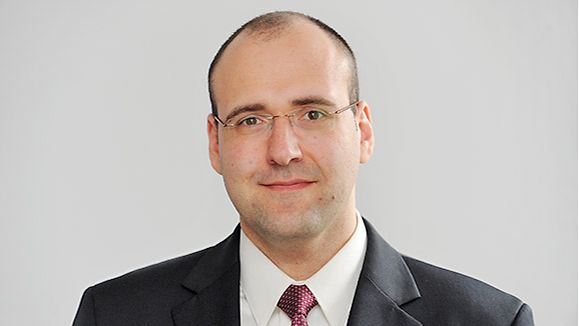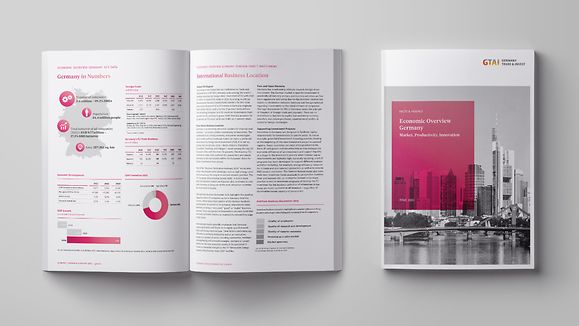Germany ranks among the world’s top ten FDI recipient countries according to the United Nations Conference on Trade and Development (UNCTAD).
European Stocks on Top
According to official Bundesbank (“German Central Bank”) statistics for 2022, almost half – or EUR 335 billion – of all FDI stocks in Germany originate from within the European Union. A further 17 percent stem from the remaining European non-EU countries. Investment from outside the EU also continues to grow. North America accounts for 22 percent of FDI stock, while Asia holds an eleven percent share. The total amount of foreign FDI stocks in Germany amounts to EUR 681 billion.
Continued Interest in Greenfield Investments
Between 2019 and 2023, fDi Markets recorded more than 6,100 investment projects by some 4,900 foreign companies in Germany. In 2023, approximately 1,200 projects were established, making it one of the best recorded results to date. Germany is placed third worldwide in terms of FDI projects attracted. Foreign direct investment results are based on greenfield project announcements (including expansions and joint ventures) collected in the Financial Times Group's fDi Markets database.
The most important countries as sources for new investment projects are the USA (18 percent of all investment projects since 2019), Switzerland (10 percent) as well as the UK (10 percent), the Netherlands (seven percent) and China (seven percent). The majority of projects were realized in the strategic industries of “digitalization” (22 percent of new projects), and electronics & robotics (16 percent). Other industrial growth driver sectors include mobility & logistics, energy & resources and healthcare & life sciences.
Most new projects open sales and marketing & support offices. One in eight investment projects is a manufacturing site or R&D-facility – making Germany an important business location for international investors.


